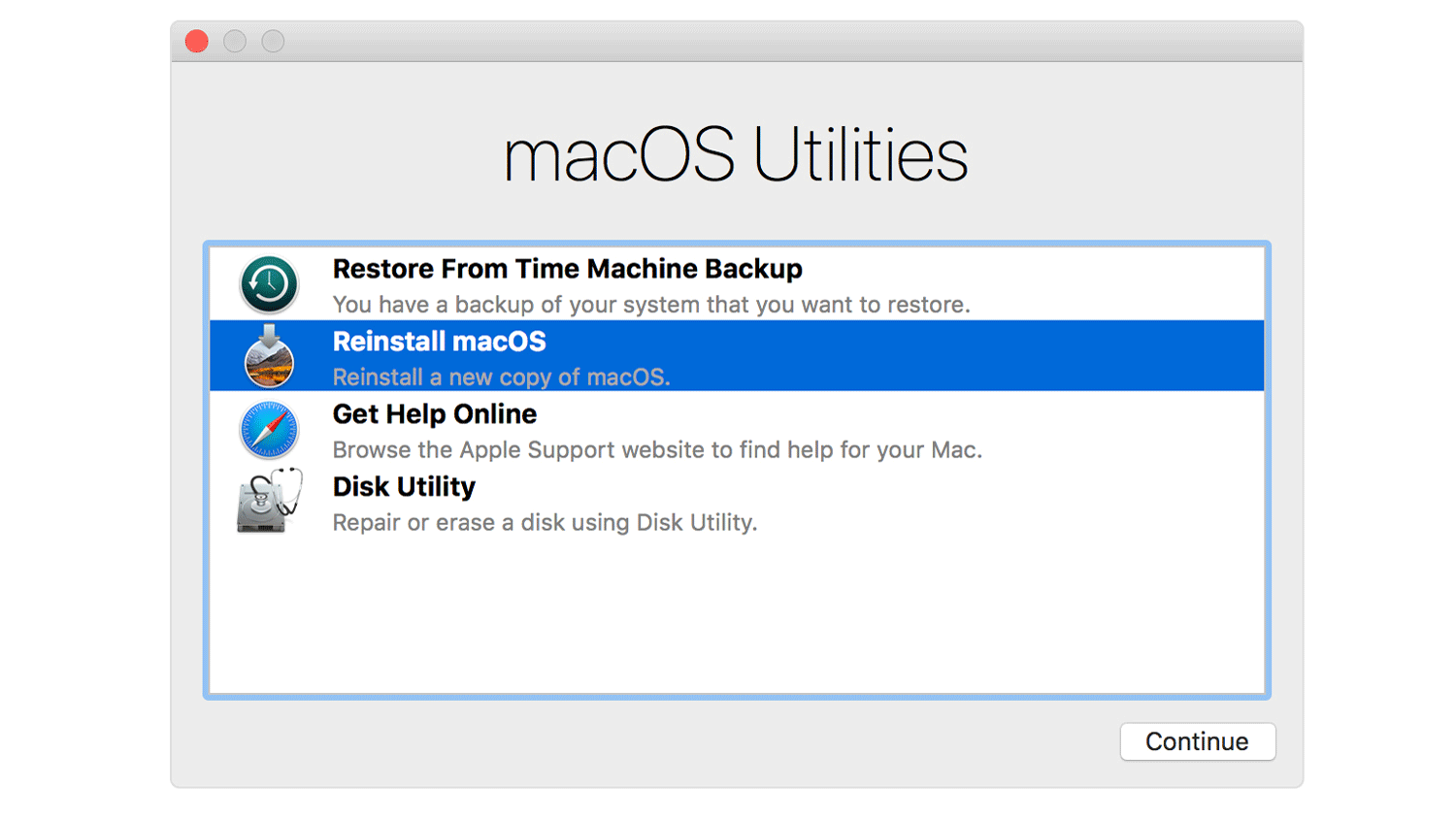
However, this will only wipe the hard drive, not the FileVault encryption feature.

This requires an Internet connection and the user’s Apple ID so that a recovery disk can be created. If the user has forgotten their password and the Mac doesn’t allow access to the home screen, the best option is to erase the hard drive using Apple’s Internet Recovery Mode.

Wiping the computer involves accessing the FileVault encryption feature, which requires the user’s login password. Plus, check out every device Apple announced at its latest event.Unfortunately, it is not possible to wipe a MacBook without the password. Here's how to factory reset an iPhone, how to reset AirPods that are acting up, and how to reset a Chromebook in under a minute. It's now ready for a fresh start with its next owner.

After MacOS has been reinstalled, you'll be greeted by the Setup Assistant, which you can then quit out of and shut down your Mac. (If not, restart your Mac again, holding down Command-R while it reboots.) From the MacOS Utilities window, select Reinstall MacOS and follow the instructions to install the operating system. You should return to the MacOS Utilities window. (If you don't see the Erase Volume Group button in the lower-left corner, then click the Erase button in the lower-right corner instead.) Next, click the Erase Volume Group and after Disk Utility does its thing, quit Disk Utility. If you are trying to sell an ancient Mac that has a mechanical hard drive instead of a solid-state drive, then choose Mac OS Extended (Journaled) for Format. Why not go with the tried-and-true Macintosh HD? Name: Choose a name for the fresh, new volume.You simply press and hold the power button until you see the startup options window, then click Options and Continue to get to the utilities window.) On an M1-based Mac, booting into Recovery Mode is slightly different. You can release the keys once you see the Apple logo. To enter Recovery Mode on an old Intel-based Mac, restart it and immediately press and hold Command-R. You need to put your MacBook into Recovery Mode in order to erase all of your data and reinstall That's it! Your Mac's NVRAM has been reset. You can release the keys after 20 seconds or so.

To do so, shut down your Mac, then turn it on and immediately press and hold four keys together: Option, Command, P, and R. Sometimes these files can get corrupted, so give your Mac's next owner a fresh start by resetting the NVRAM. NVRAM is memory to which your Mac saves settings that it needs before loading MacOS: things like screen resolution, time zone, volume level and startup-disk selection.


 0 kommentar(er)
0 kommentar(er)
